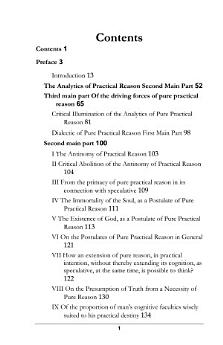Critique of Practical Reason
About this ebook
Kant’s 1788 Critique of Practical Reason is the second of his major triad of critical philosophical critiques. It builds upon his Pure Reason and the Groundwork for the Metaphysics of Morals in delineating his theory of moral justification. The Critique of Pure Reason answers the question, "What can I know?", while Practical Reason answers "what should I do?". Practical Reason primarily concerns the relationship of Reason to morality. It is the “Imperative” in the “Categorical Imperative. Morality is not a feeling or perception, but a reality to submit to. Kant's Practical Reason is a critical text to understand the view of Reason as Teleological, a uniquely German view, in contrast to the English Empiricist view (Hume, Locke, and Descartes) view is that “Reason is the slave of the passions” and can tell us nothing about morality and ethics. The teleological view, which is found clearly and explicitly in Kant and all German Idealists after him, is both normative and descriptive, or in other words, Imperative. The entire Frankfurt school of thought operates off of a version of this metaphysical view, all the way to Theodor W. Adorno's Aesthetics which is rooted in a Teleological view of reason.
Kant begins by affirming that practical reason has its own domain, distinct from theoretical reason, and that it reveals its authority not through deduction but through the direct experience of moral obligation—what he calls the "fact of reason." He argues that the moral law is grounded in autonomy, expressed in the categorical imperative, and is knowable a priori, without reliance on empirical observation. Unlike the earlier work, which denies theoretical access to God, freedom, and immortality, the Critique of PracticalReason reintroduces them as postulates necessary for moral life, not as objects of knowledge but as rational necessities for moral action. The text thus offers a defense of moral freedom against determinism and places duty at the center of ethical life, shaping the structure of deontological ethics as it would be understood from that point forward.








